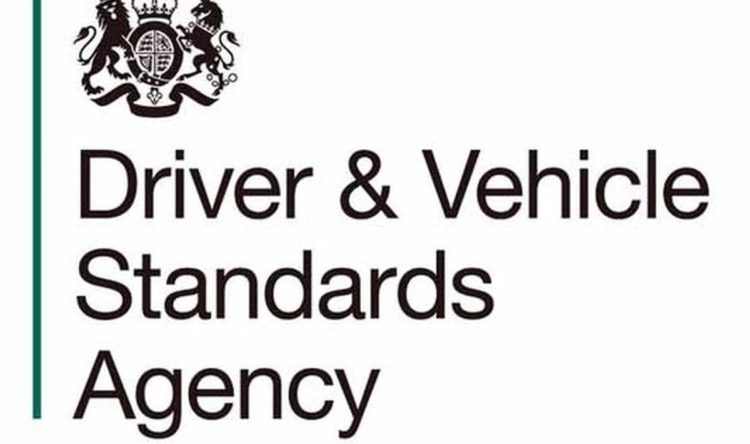ADI training where to next?
The first commercial driving schools in the UK probably started around 1909 with BSM appearing in 2010.
Advertisement feature
Driver training was very different back then with Stanley Roberts, the founder of BSM, offering a four day course which placed a special emphasis on ‘correct procedure, discretion and behaviour’.
25 passed before the driving test was introduced in 1935 and by that time driving instructors were starting to be recognised with ‘qualifications’. Both the RAC and the newly formed Motor Schools Association established registers of ‘approved driving instructors’ with their own criteria for registration. The RAC register remained in place until the 1980’s – I recall my own RAC test – I had to give a lesson to a learner from the RAC offices (someone I had never met before) and my examiner fell asleep in the back of the car! (A story for another day).
It wasn’t until 1962 that the Road Traffic Act made provision for the Secretary of State to set up a “register of persons approved by him as qualified to give instruction in the driving of motor cars”. The voluntary register of ‘Approved Diving Instructors’ was established in 1964. But before long there were calls for this register to be made compulsory – compulsory registration started in 1970.
The exam to date
When I qualified in the late 1970’s instructors were permitted to start work on a ‘Trainee Licence’ before passing any exams. The exam was in two parts. I recall that at the time of my theory test I had to complete one written question (in my case it was a full explanation of how to turn right from a dual-carriageway) and 50 multiple choice questions, but I’m not sure how reliable my memory is. My research suggests that the first tests had five ‘essay style’ questions and thirty multiple choice questions. Later the essay questions were dropped – the test became multiple-choice only (100 questions), this was because as the register grew, examiners couldn’t devote the time required to mark the written questions.
When you were successful with Part-One you were invited to take a practical test which included approximately 45 minutes driving and, if you passed, 45 minutes teaching. Examiners were very strict about not giving the results of the teaching test on the day – you had to wait for a letter in the post. When I asked my examiner if I had passed he puffed up like a self-important school headmaster an boomed “You know I’m not allowed to answer that question!” But then ‘Lieutenant Columbo style’ as I walked away he added “But if you hadn’t let me have a go at the reversing myself I would have failed you” (examiners weren’t as bad as everyone made them out to be!).
There were further changes over years leading to the qualification requirements that most of the instructors on the register now had to fulfil – these included the infamous pre-set-tests for Part Three. But all this changed in 2017 when the pre-set tests were dropped in favour of a ‘Standards Check’ based test.
ADI Training
A lot has changed over the years, but has training kept up?
When I qualified in the late 1970s my training was a one-week intensive course. The course had practical sessions in the day and classroom sessions in the evening. The Part-Three training was based around lesson subjects. The trainer would say something like “Have a go at teaching me left turns” then watch me fail miserably, pull my efforts apart and then say “Try again”.
In 2021, despite over 25 years of ORDIT much of the training available for people who wish to become ADIs is much the same as it was in the 1970’s – effectively car-based trial and error learning – which begs the question, is it fit for purpose?
In my next article I look a little deeper at the ADI training process…
John Farlam, Founder and Training Director, DRIVE.
To learn more about DRIVE and how you can grow your career with them, please see: https://trainwithdrive.co.uk/work-with-us/








